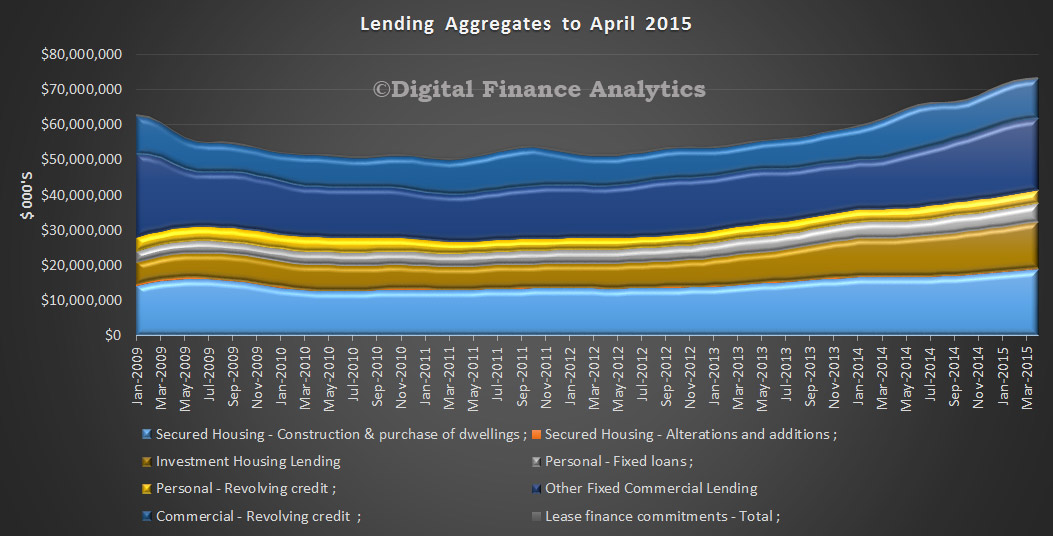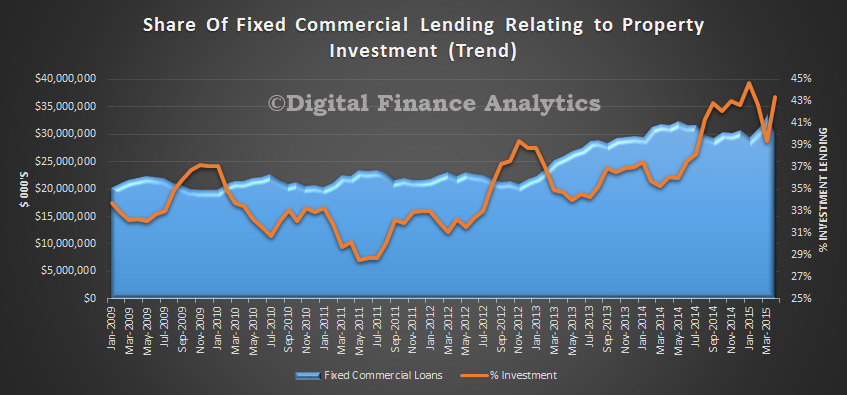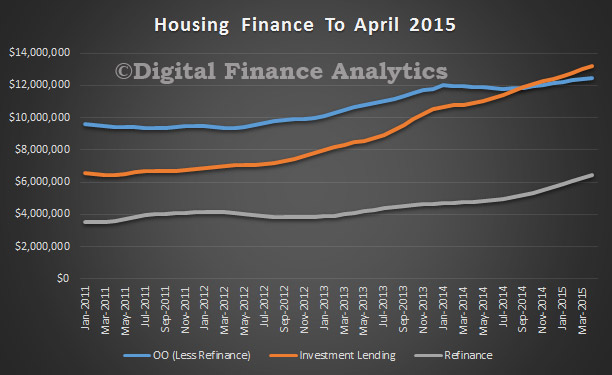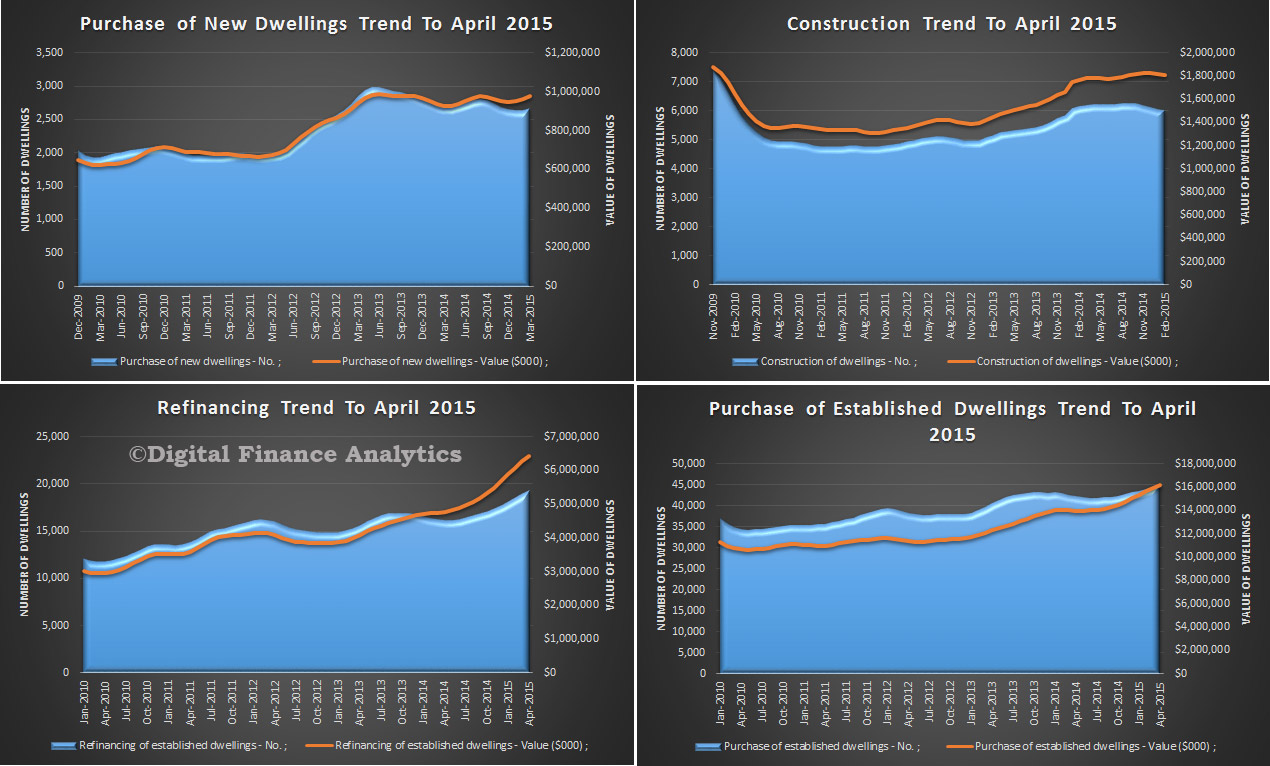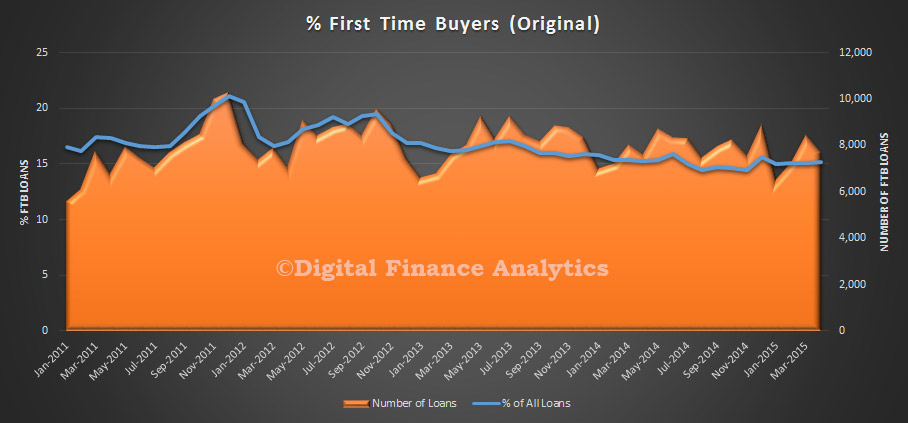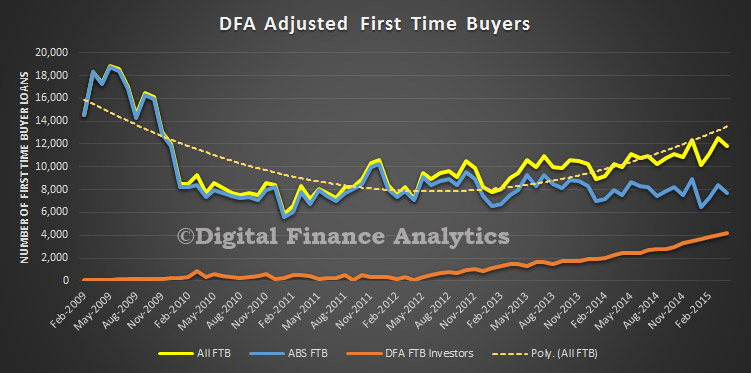The Reserve Bank of NZ just released a discussion paper on inflation targetting in the light of the macroprudential role of supervisory organisations.
Inflation targeting has been an influential and durable monetary policy framework. It has been widely adopted, and the attributes of inflation targeting have been widely lauded for their contribution to price stability. Yet in recent years the global financial crisis and the sovereign debt crisis have challenged macroeconomic frameworks, providing substantial impetus to concerns about financial stability. In this paper we examine macroprudential policy frameworks through an inflation targeting lens, to understand whether the positive attributes of inflation targeting can and should inform macroprudential frameworks.
We use the four attributes of inflation targeting – independence, transparency, accountability and the explicit inflation objective – to help frame debate about the institutions used to govern macroprudential policies. Overall, we argue that these attributes are important for effective macroprudential frameworks. There are, however, some points of difference.
First, the merits of independence are not as clear for macroprudential policy. One reason to appoint an independent policymaker is to take advantage of `expertness’. However, this advantage must be balanced against the possibility that the policymaker may pursue tradeoffs at odds with the mandate provided by government and the public at large. The scope for such tradeoffs is exacerbated if outcomes are not directly observable or if outcomes are not self-evidently related to the policies that have been implemented. These problems seem more substantial for macroprudential policy than for monetary policy.
We have also argued that macroprudential policies are interdependent and cannot be pursued entirely `independently’. Monetary and macroprudential policies are unified by their connection to social welfare, and policies should be implemented to optimize their marginal contribution to this overarching notion of welfare. In principle, policies must be coordinated if they are to be set optimally, but whether the interdependencies are material remains uncertain. Of course, macroprudential and monetary policy could be coordinated even if they were housed in separate institutions. There is a strong case for monetary authorities to be independent and/or for other constraints that prevent political authorities from monetizing budget deficits (since political authorities may have little regard to the inflationary consequences of doing so). While political authorities could use macroprudential policies indirectly to stimulate the economy and therefore increase tax revenue, it may be more difficult to use macroprudential policies to deal with such funding issues. Thus, the case for appointing an agent to run macroprudential policy independently of political authorities is arguably somewhat weaker.
The second observation we make is that financial stability objectives and intermediate targets should be made more explicit. Policymaking involves strategic interaction between policymakers and private agents, and is an exercise in influencing the behaviour and expectations of private agents. While announcing objectives can foster coordination in strategic games, we do not see that financial stability objectives, as commonly expressed, provide enough guidance about the macroprudential policies that will be implemented in future.
Our third observation is that macroprudential policymakers need to consciously address their communication of future policy actions. As advocates for transparency, we suggest that the institutions of policymaking should explicitly address when policy decisions will be announced and/or implemented, and greater attention should be paid to the menu of macroprudential policies. Macroprudential policies governed by principled rules-based behaviour would make clear what policies will be pursued and how they will be adjusted through time, but much work needs to be done before operational, state-contingent macroprudential rules can be identified.
Our fourth observation is that applying the accountability mechanisms of inflation targeting to macroprudential policies has been a desirable development, though these mechanisms should be strengthened further. We remain convinced that transparent communication to the general public remains a significant element in ensuring accountability.
Lastly, while the accountability institutions for macroprudential and monetary policies are well developed, oversight and accountability are materially constrained by the quality of current analytical frameworks. Such uncertainty makes it difficult to provide objective assessments of macroprudential policies. Looking forward, we must fully expect that macroprudential policies will evolve as views solidify about the most important distortions and the most important macroprudential mechanisms. Institutional frameworks should be flexible enough to accommodate such changes.
Note: The views expressed in this paper are those of the author(s) and do not necessarily reflect the views of the Reserve Bank of New Zealand

